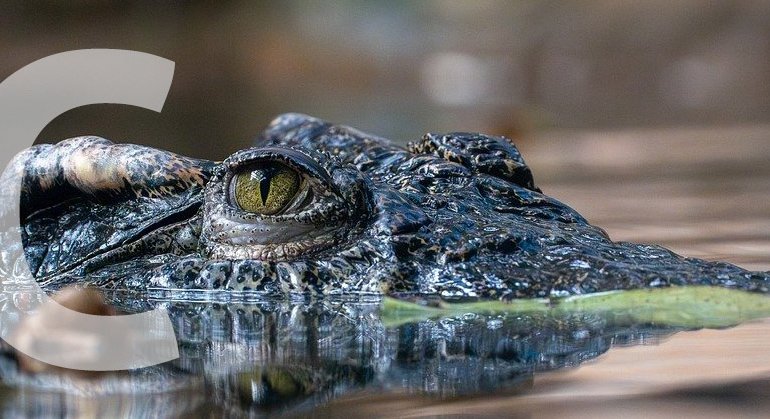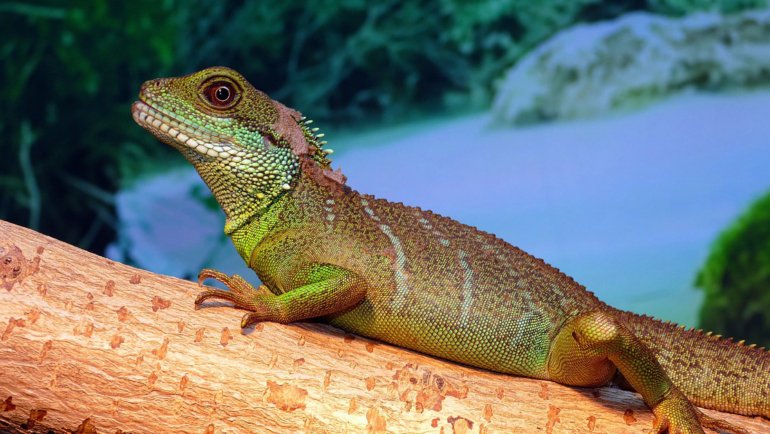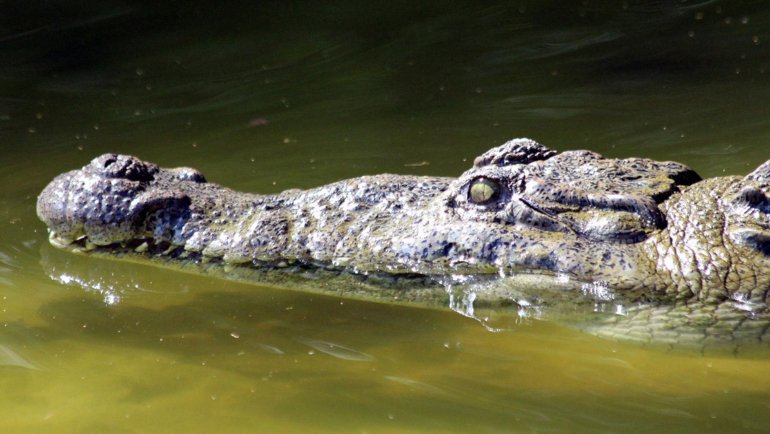Welcome to an in-depth exploration of the agama lizard, a colorful and fascinating creature renowned for its unique behavior and vibrant displays.
These fascinating reptiles, often seen basking in the African sun, play an important role in their ecosystems and captivate observers with their bold colors and social dynamics.
They are a sight to behold, particularly during mating season when the males transform into dazzling arrays of colors. Their relatively small size belies their complex social hierarchies and behaviors, making them an excellent subject for anyone fascinated by reptilian life.
This article delves into the captivating world of the agama, from its distinctive physical features to its intriguing behaviors, diet, and life cycle.
The Agama Lizard at a Glance
Classification
| Kingdom: | Animalia |
| Phylum: | Chordata |
| Class: | Reptilia (Reptiles) |
| Order: | Squamata |
| Family: | Agamidae |
| Genus: | Agama |
| Species: | [Numerous species] |
Essential Information
| Average Size: | 12 to 14 inches (30 to 35 cm) including tail |
| Average Weight: | Approximately 5 to 10 ounces (140 to 280 grams) |
| Average Lifespan: | 10 to 12 years in captivity, can be shorter in the wild |
| Geographical Range: | Sub-Saharan Africa |
| Conservation Status: | Most species are listed as “Least Concern”, a few are Vulnerable or Endangered (IUCN Red List) |
Species and Subspecies
The Agama genus is composed of around 40 species, each boasting a unique appearance and habitat preference. Some well-known species include:
- Agama agama, or the common agama, which sports a variety of colors and is often found in West Africa.
- Agama mwanzae, or the Mwanza flat-headed rock agama, notable for its distinct tricolor scheme — red, blue, and black — that has earned it the nickname “Spider-Man agama.”
- Agama atra, the southern rock agama, which inhabits the rocky terrain of southern Africa.
Each species possesses slight differences in size, color, and behavior, making them a diverse and fascinating group of reptiles to study.

Description
Agama lizards are characterized by their robust, medium-sized bodies which range in length from 12 to 14 inches (30 to 35 cm), with around two-thirds of that length being the tail.
They exhibit a high degree of sexual dimorphism. Males are generally larger and much more colorful than females, particularly during the breeding season. Male common agamas can display a wide variety of colors, from bright blue and orange to yellow and red, while females and non-dominant males are typically browner.
Notably, the heads of dominant males become bright blue or violet during the mating season, and their bodies exhibit shades of red, yellow, or orange. Female agamas, on the other hand, are usually more subdued in color, featuring shades of brown and grey that provide excellent camouflage against predators.
Habitat and Distribution
Agama lizards inhabit a wide range of environments across Sub-Saharan Africa. They are commonly found in savannas, grasslands, rocky desert outcrops, and bushlands. Their ability to thrive in a variety of habitats has resulted in a wide distribution across the continent, from Senegal and Somalia in the north to Namibia and South Africa in the south.
These lizards are usually found in the vicinity of rocks, trees, or human habitations, where they can bask in the sun and easily retreat to cover when threatened. They are well-adapted to hot climates and are often observed basking in full sunlight during the warmest parts of the day.
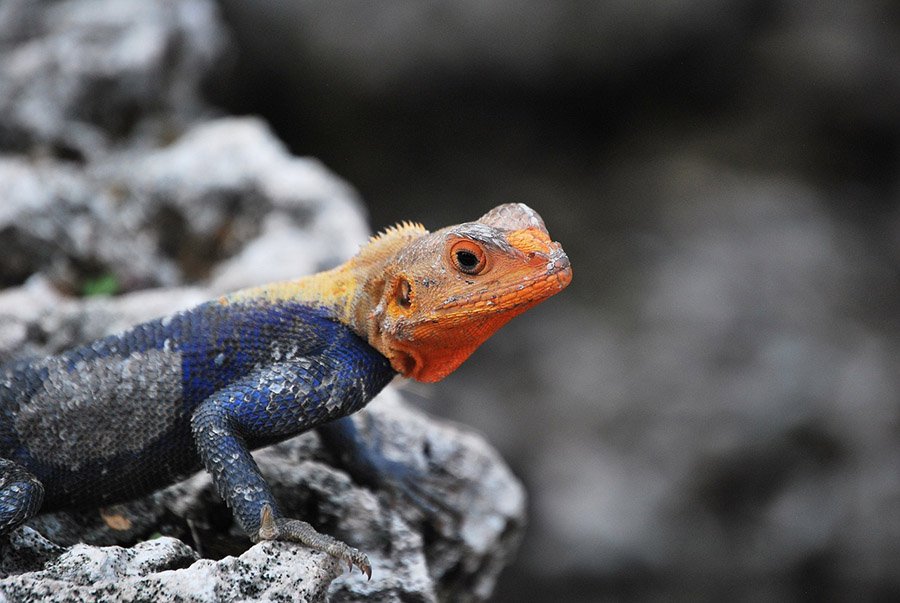
Behavior
Agama lizards are diurnal creatures, meaning they are active during the day, especially in the morning and late afternoon when the sun is less intense.
They live in social groups composed of a dominant male, several females, and subordinate males. The dominant male, often the largest and most colorful, defends a territory and has breeding rights to the females. These social groups often occupy a collection of rocks or trees where individuals can bask in the sun and find shelter.
Agama lizards communicate through a variety of means, including body postures, head-bobbing, and color changes. For example, males may display their bright colors and bob their heads to signal dominance or readiness to mate.
Diet and Feeding Behavior
Agama lizards are omnivorous, with a diet consisting mainly of insects, spiders, and other small invertebrates. However, they also consume plant material, especially in arid environments where animal prey is scarce. They’ve been observed eating leaves, flowers, and fruits.
These lizards hunt by sight, remaining still and waiting for prey to come within striking distance. Once an insect or spider comes within range, the agama lunges and catches the prey in its mouth.
Predators
Agama lizards have a variety of predators across their range. These include birds of prey, larger reptiles, and mammals such as mongooses and large cats. Juvenile lizards are especially vulnerable and can fall prey to a wider range of predators, including large spiders and other lizards.
To defend against these threats, agamas rely on their camouflaged coloration, speed, and agility. They also use their ability to scale vertical surfaces and their capacity to stay motionless for long periods, blending in with their environment to avoid detection.
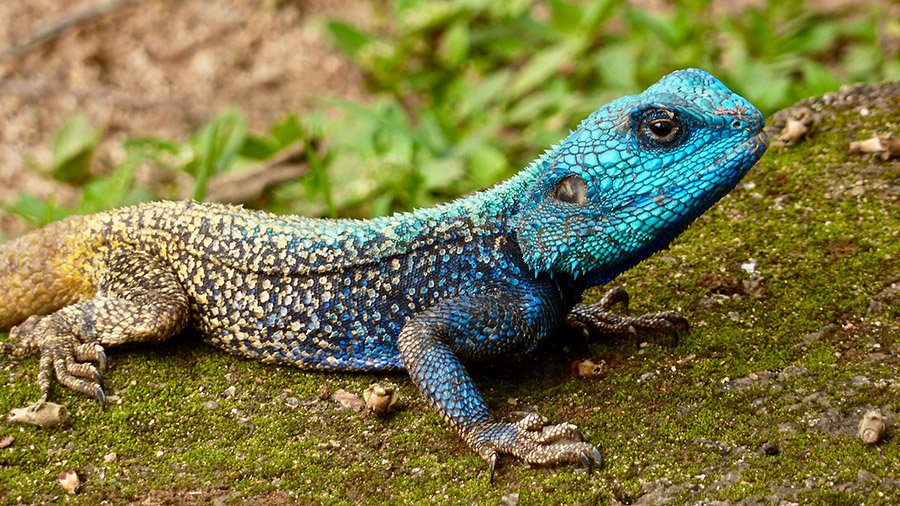
Reproduction and Life Cycle
The breeding season of agama lizards generally coincides with the rainy season when food is abundant. Dominant males court females through an elaborate display of head-bobbing and push-ups while showing off their bright colors.
After mating, the female digs a hole in sandy soil and lays a clutch of 5 to 7 eggs. She then covers the hole and leaves the eggs to incubate. The gestation period is about 8 to 10 weeks, after which the young hatch and dig their way to the surface.
Agama lizards exhibit no parental care. The young are born fully formed and are independent from birth, fending for themselves and learning to hunt small invertebrates.
Conservation and Threats
Agama lizards are widely distributed and are not currently considered at risk of extinction. The IUCN lists many species of agama as of “Least Concern” due to their wide distribution and presumed large populations.
However, they do face threats from habitat loss due to agriculture and urbanization. In some regions, they are also caught for the pet trade, but this is not considered a major threat at present.
Efforts to conserve agama lizards mainly focus on preserving their habitats. Some species are found in protected areas, which provide some degree of protection. However, more research is needed on the population trends and ecology of these lizards to develop effective conservation strategies.
Fun Facts
- Agama lizards are sometimes referred to as “rainbow lizards” because of the vivid coloration of dominant males, especially during breeding season.
- When threatened, agama lizards will scamper quickly to a nearby rock or tree, tucking their legs to their sides and lying still, relying on their coloration to blend with their surroundings.
- The dominant male agama, or “cock,” lives in a territory with multiple females and subordinate males, who have less vibrant coloration.
- The diet of agama lizards can change with their age: while young ones eat more insects, adult agama lizards include more plants in their diet.
- Agama lizards are known for their unique ability to change their color according to their mood, temperature, and activity.
Frequently Asked Questions
How long do agama lizards live?
In the wild, agama lizards live for about 10 to 15 years. However, in captivity, they can live up to 25 years with proper care.
Can agama lizards change color?
Yes, agama lizards have the ability to change their color according to their mood, temperature, and activity. This is particularly prominent in males, especially during the breeding season.
What do agama lizards eat?
Agama lizards are omnivores. They eat a variety of insects, spiders, small mammals, as well as plants, fruits, and vegetables.
How do agama lizards reproduce?
Female agama lizards lay a clutch of 5 to 7 eggs in a hole they dig in the sandy soil. After 8 to 10 weeks, the young hatch and dig their way to the surface.
Are agama lizards endangered?
Most agama lizard species are not currently considered at risk of extinction. However, they do face threats from habitat loss due to agriculture and urbanization. In some regions, they are also caught for the pet trade, but this is not considered a major threat at present.
